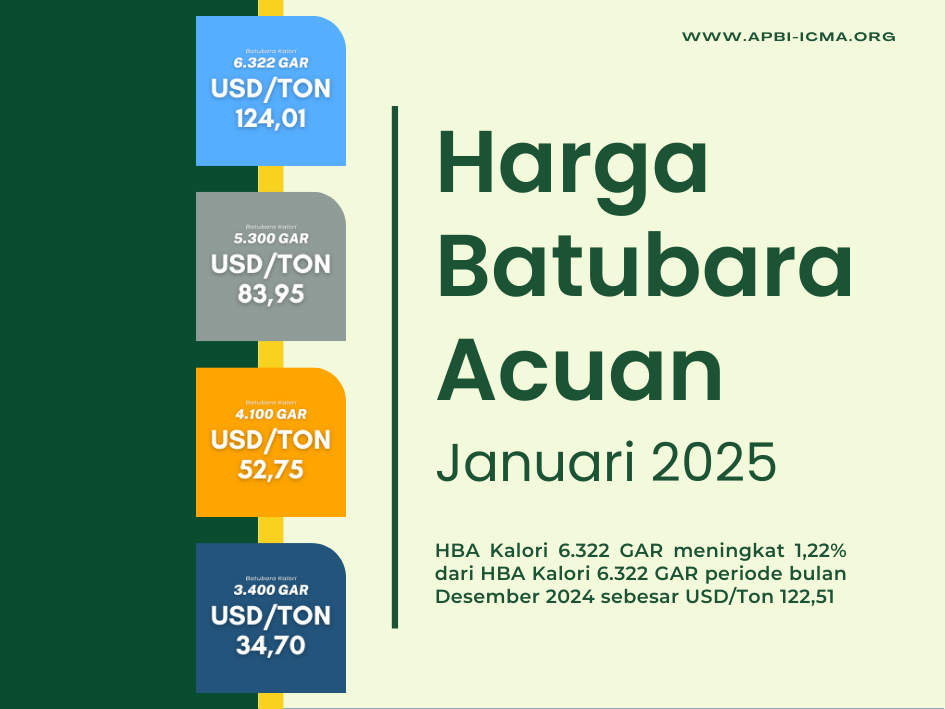
Russia is bolstering its energy relations with India through a strategic partnership involving Iran for coal exports, leveraging the International North-South Transport Corridor (INSTC) to facilitate coal exports. Announced during the BRICS transport ministers’ meeting at the 27th St. Petersburg International Economic Forum (SPIEF), the initiative highlights Russia’s plan to utilise Iran’s Bandar Abbas port to transit coal to India.
This plan underscores an emerging energy diplomacy aimed at fostering closer trade relations and mitigating political tensions in the region. This development signals a significant shift in Russia’s energy export strategy, driven by the geopolitical landscape and Western sanctions, with potential long-term implications for regional power dynamics and economic integration.
Scenario Context
Russia, a leading global coal producer, has announced its intention to strengthen energy ties with India, one of the fastest-growing markets in Asia, through an innovative partnership with Iran.This announcement came during the BRICS transport ministers’ meeting held on the sidelines of the 27th SPIEF. Russian Presidential Aide Igor Levitin revealed that the first shipments of coal will traverse Iran before reaching India via the Bandar Abbas port.
This ambitious initiative involves the creation of new trade routes and the establishment of robust commercial ties between Russia, Iran, and India. Russia views India as a significant potential consumer of its coal, while Iran offers a strategic geographical location for convenient transit.
The project represents a form of energy diplomacy where economic interests drive cooperation and agreements among the involved countries. The creation of new energy routes not only enhances trade relations but also has the potential to reduce regional political tensions, promoting closer international ties. The Russian Federation plans to initiate the supply of coking coal from Kemerovo to Iran by rail through Kazakhstan and Turkmenistan by mid-2024. This plan, discussed at the Caspian International Integration Club “North-South” meeting, reflects Russia’s strategic pivot towards Asian markets in response to Western sanctions and the disruption of traditional supply chains.
Geopolitical Implications
The partnership among Russia, Iran, and India marks a significant geopolitical shift, reflecting Russia’s strategic adaptation to the current international sanctions’ regime. By forging closer energy ties with India and utilising Iran’s transit capabilities, Russia seeks to diversify its export markets and reduce its dependence on Europe. This shift underscores the broader geopolitical realignment, where countries under Western sanctions, such as Russia and Iran, collaborate more closely to circumvent economic isolation.
India’s involvement in this trilateral partnership is particularly noteworthy. Historically, India and Russia have maintained deep, cooperative ties since the Cold War, particularly in defence and energy sectors. Despite India’s public neutrality regarding Russia’s actions in Ukraine, this new energy partnership illustrates India’s pragmatic approach to pursuing its national interests, including energy security and economic growth.
The INSTC emerges as a crucial conduit for Russia’s reoriented supply chains, offering an alternative route amidst Western sanctions. This corridor’s development aligns with Russia’s strategy to establish new trade links and mitigate the economic impact of sanctions. The involvement of Kazakhstan and Turkmenistan in the logistics chain further highlights the regional cooperation necessary for the corridor’s success.
Iran’s strategy within the INSTC involves a multi-faceted approach centred on fostering investment, enhancing infrastructure, and optimising transport logistics. Key objectives include prioritising investments in transport infrastructure development, such as construction, modernisation, and rolling stock upgrades, to facilitate efficient cargo movement
INSTC project
The Interntional North South Transport Corridor (INSTC) project (Credits: Zbk1, Public domain, via Wikimedia Commons)
Conclusion
The Russia-India-Iran energy partnership represents a strategic realignment driven by geopolitical and economic imperatives. Russia’s pivot towards Asia, facilitated by Iran’s transit routes, underscores the shifting dynamics of global trade and energy markets.
India’s pragmatic engagement in this partnership highlights its broader strategy of diversifying energy sources and enhancing economic resilience. The development of the INSTC as a vital supply chain corridor illustrates the collaborative efforts of regional players to adapt to the developing geopolitical landscape.
This strategic partnership has the potential to reshape regional trade dynamics and strengthen economic ties among Russia, Iran, and India. It also underscores the importance of new trade routes in mitigating the impact of geopolitical tensions and sanctions. As these countries navigate the complexities of international relations, the success of this partnership will hinge on their ability to sustain cooperation and manage the geopolitical challenges that lie ahead.





